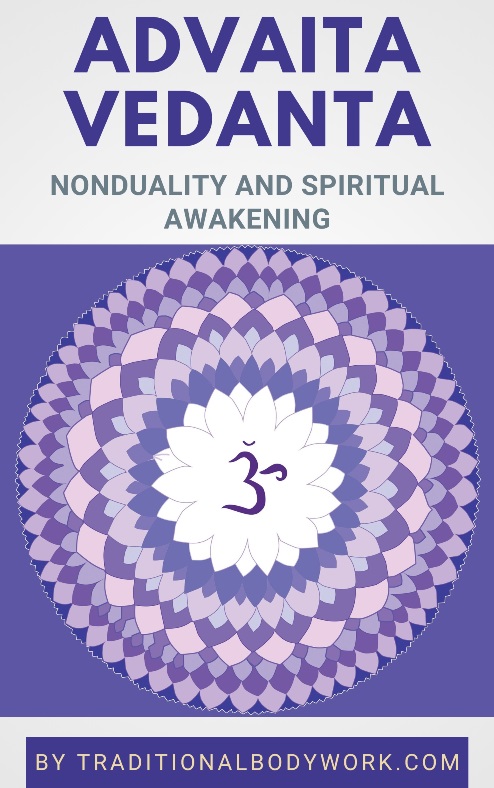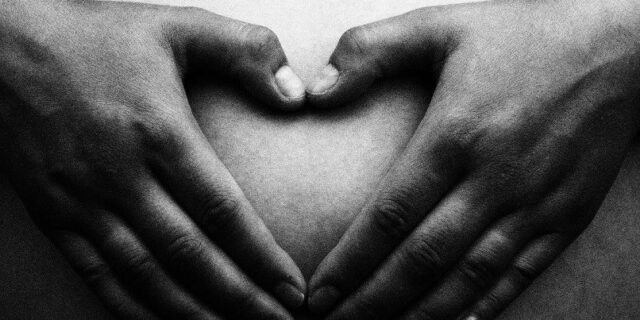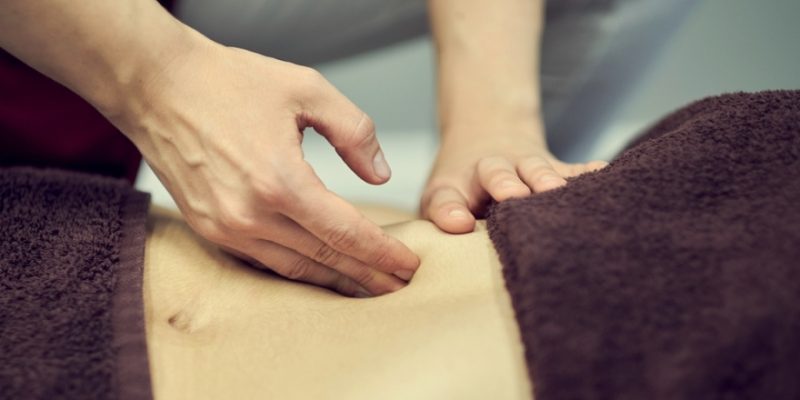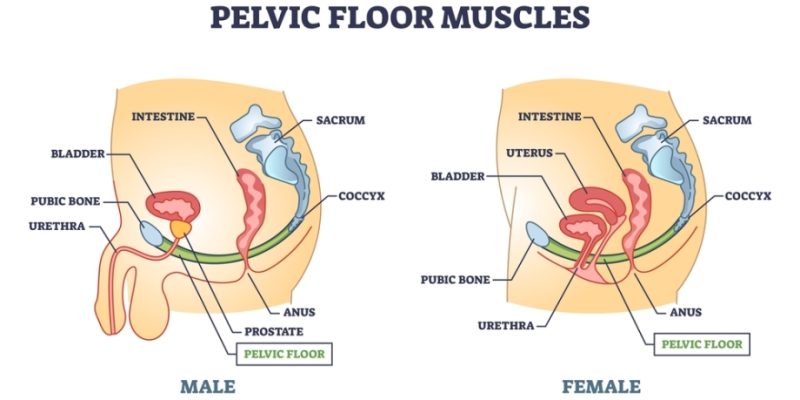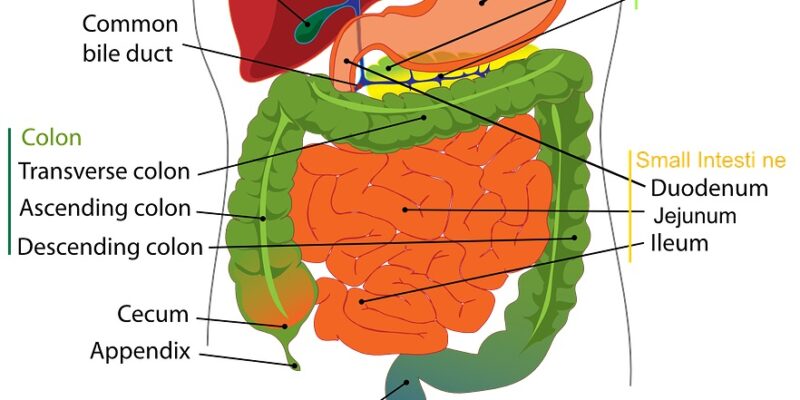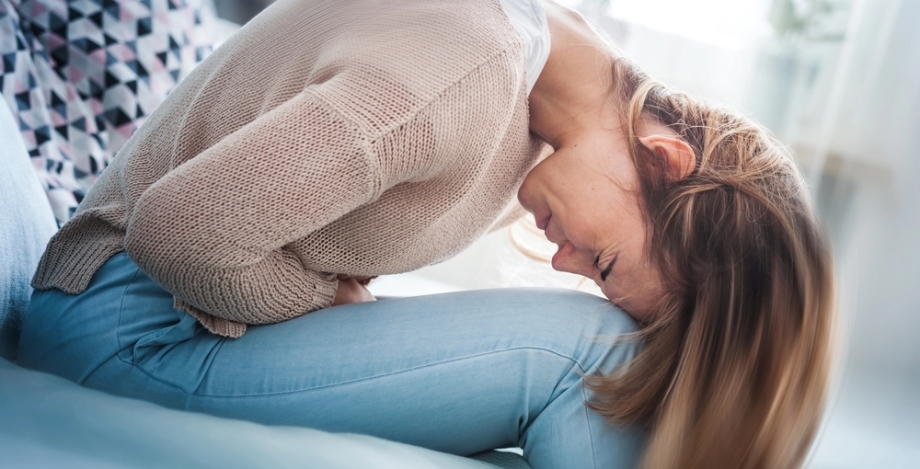
Introduction
Have you ever felt uncomfortable because you couldn’t go to the bathroom? This problem is called constipation, and it’s pretty common. But did you know that it can cause more than just stomach upset? Sometimes, it can lead to pain in the lower part of your belly, known as pelvic pain.
In this article, we’re going to talk about why constipation can make your pelvis hurt and what you can do about it. Many people don’t realize how these two issues are connected, but understanding this can help you feel better. We’ll look into what causes constipation, how it links to pelvic pain, and share some ways to manage and prevent it.
Understanding Constipation
What is Constipation?
Constipation means your body has a hard time getting rid of waste or poop. It happens when the poop moves too slowly through the digestive tract, making it hard and dry. This can make going to the bathroom difficult and uncomfortable.
How Does Our Digestive System Work?
To understand constipation, it’s helpful to know a little about our digestive system. This system is like a long, twisty tube that starts at your mouth and ends at your bottom. When you eat, your food travels through this tube, getting broken down so your body can use it for energy. The waste parts of the food end up as poop.
Common Causes of Constipation
There are a few reasons why you might get constipated:
- Not eating enough fiber: Fiber is a part of fruits, vegetables, and grains that helps keep things moving in your digestive system.
- Not drinking enough water: Water helps make your poop soft and easy to pass.
- Not enough exercise: Being active helps your digestive system stay on track.
- Medications: Some medicines can make it harder for your body to push poop out.
The Connection Between Constipation and Pelvic Pain
Why Does Constipation Cause Pelvic Pain?
When you’re constipated, you might have to strain to poop. This straining can put a lot of pressure on the muscles and organs in your lower belly area, called the pelvic area. This extra pressure can cause pain.
The Role of Pelvic Floor Muscles
The pelvic floor muscles are a group of muscles that support your pelvic organs, like your bladder and intestines. When these muscles get stressed from too much straining, they can start to hurt. This is one way constipation can lead to pelvic pain.
Expert Opinions
Doctors and researchers say that managing constipation can help prevent pelvic pain. They recommend staying active, eating right, and drinking plenty of water to help keep your bathroom visits regular.
Identifying Symptoms of Constipation-Induced Pelvic Pain
When constipation leads to pelvic pain, you might notice a few signs:
- Difficulty pooping: You might go days without pooping, and when you do, it might hurt.
- Belly pain: Especially in the lower part, where it might feel really sore.
- Bloating: Your belly might feel full and tight.
Knowing these symptoms can help you tell if constipation is just annoying or if it’s starting to cause more serious problems like pelvic pain. If you see these signs, it’s a good idea to talk to a parent or doctor about what to do next.
Effective Management and Treatment Options
Ways to Feel Better
If you’re dealing with constipation and it’s causing pelvic pain, here are some things you can try to feel better:
Eat the Right Foods
- Fiber-rich foods: Eating plenty of fruits, vegetables, and whole grains can help make your poop softer and easier to pass.
- Prunes and pears: These fruits are especially good at helping you go to the bathroom.
Drink Plenty of Water
- Drinking water is super important when you’re constipated. It helps soften your poop, making it easier to pass without straining.
Stay Active
- Exercise helps move food through your digestive system more quickly. Even simple activities like walking or playing outside can make a big difference.
Medications and Supplements
- Sometimes, if changes to your diet and exercise routine don’t help, you might need a little extra help. There are over-the-counter options like fiber supplements or mild laxatives, but it’s a good idea to talk to a doctor before trying these.
When to See a Doctor
- If you’re trying all these things and still having trouble, it’s important to check with a doctor. They can help figure out if something else is causing your constipation and pelvic pain.
Preventive Measures and Lifestyle Adjustments
Keeping Constipation Away
To stop constipation from coming back and to keep pelvic pain at bay, here are some habits to get into:
Regular Eating Habits
- Eating your meals around the same time each day can help keep your digestive system happy.
Hydration
- Keep drinking lots of water throughout the day. Carrying a water bottle can be a great reminder.
Stay Active
- Try to make physical activity a regular part of your day, whether it’s a sport, dancing, or just a walk after dinner.
Manage Stress
- Stress can actually make constipation worse. Relaxation techniques like deep breathing, yoga, or reading can help keep you calm.
Conclusion
Dealing with constipation and pelvic pain can be tough, but understanding why they happen and knowing how to treat and prevent them can make a big difference. Remember, if you’re having trouble managing these issues, it’s always a good idea to talk to a healthcare professional. They can give you the best advice for your situation.
Taking care of your body by eating right, staying active, and keeping stress in check can help keep your digestive system running smoothly. So, take these tips to heart and keep your belly happy and healthy!




